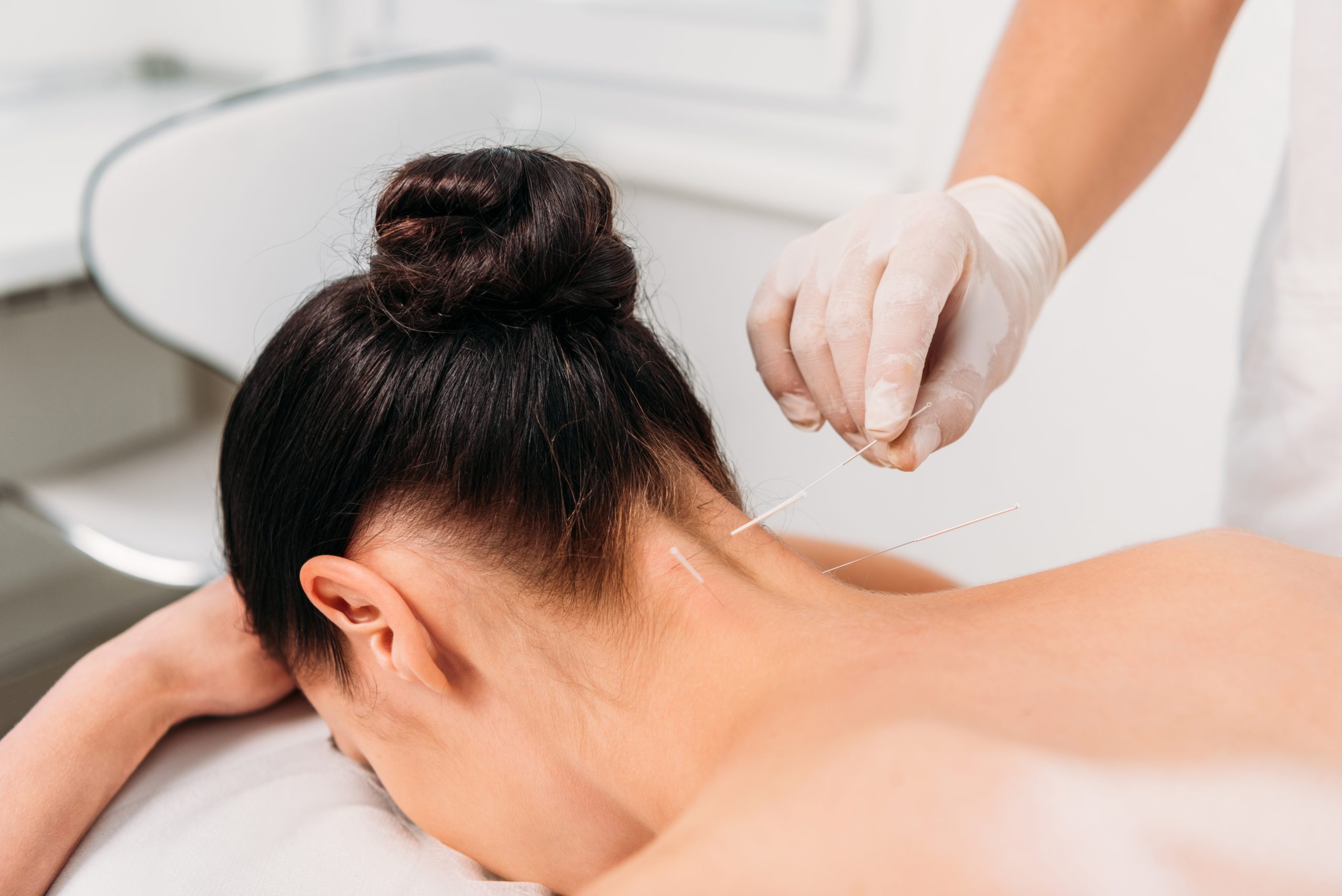In the realm of alternative therapies, dry needling has garnered increasing attention for its potential to relieve muscle pain and tension. However, with this rising popularity comes the inevitable question: “Is dry needling safe?” To understand its safety profile and effectiveness, it is crucial to dig deeper into the technique, its uses, and the potential risks involved.
What is Dry Needling?
Before addressing safety concerns, it is essential to understand what dry needling entails. Unlike acupuncture, a traditional Chinese medicine practice, dry needling is primarily used to address muscle pain. Practitioners insert thin needles into trigger points or tight knots in the muscle. The goal is to release tension, improve blood flow, and alleviate pain.
Is Dry Needling Safe and Effective?
The effectiveness of dry needling largely depends on the expertise of the practitioner and the specific condition being treated. Numerous studies have shown that dry needling can be effective for conditions such as myofascial pain syndrome, tension headaches, and certain types of joint pain. But like any procedure, its safety and efficacy are closely tied.
Potential Risks and Side Effects
No medical or therapeutic procedure is entirely without risk. Some common side effects and risks associated with dry needling include:
- Bruising and Bleeding: The insertion of needles might cause small bruises or minimal bleeding at the site. This is generally harmless and fades within a few days.
- Pain During or After the Procedure: Some discomfort can be expected during needle insertion, and a mild ache might persist for a day or two after the treatment.
- Infection: Though rare, there is a slight risk of infection if non-sterile needles are used or if the skin is not cleaned properly before insertion.
- Nerve Damage: Incorrect needle placement can potentially cause nerve damage, though this is extremely rare when the procedure is carried out by a trained professional.
Safety Measures and Best Practices
To ensure the procedure’s safety, there are several practices both practitioners and patients can follow:
- Use of Sterile Needles: Only single-use, sterile needles should be used for each session to minimize the risk of infection.
- Proper Training: Ensuring that the practitioner has adequate training and experience is paramount. This minimizes potential risks and maximizes the procedure’s benefits.
- Clear Communication: Before undergoing dry needling, discuss any health concerns, allergies, or fears with your practitioner. This allows them to tailor the procedure to your needs and ensure maximum safety.
- Post-Procedure Care: After the session, keep the needle sites clean and avoid strenuous activity for a day or two to allow the muscles to recover.
How Dry Needling Compares to Other Therapies
To truly understand the safety profile of dry needling, it is helpful to compare it with other therapies. Acupuncture, for instance, also involves inserting thin needles into the skin, but the focus is on balancing energy meridians rather than addressing muscle knots. Similarly, acupressure and massage target muscle tension and pain but use manual pressure rather than needles.
Each of these therapies carries its own set of potential risks and benefits. However, when performed by trained professionals in sterile conditions, all can be considered relatively safe.
Is dry needling safe? When executed by trained practitioners using sterile equipment and best practices, dry needling can be a safe and effective way to address muscle pain and tension. As with any therapy or treatment, it is crucial to communicate openly with your provider, ask questions, and ensure you are in qualified hands. Understanding the procedure, its risks, and the measures in place to ensure safety can help you make an informed decision about whether dry needling is right for you.

